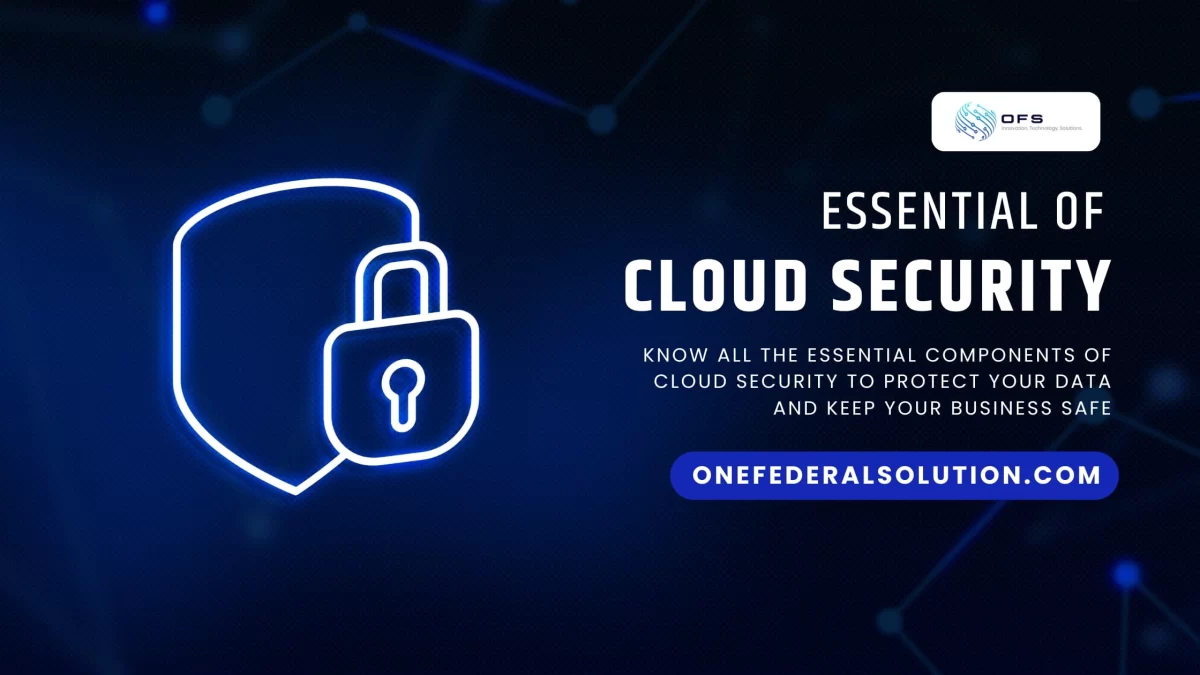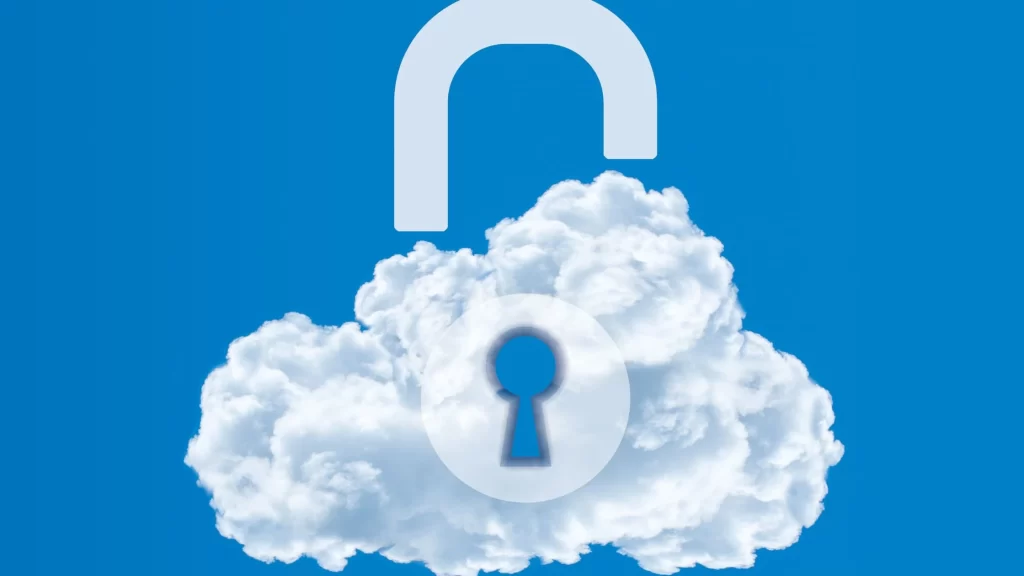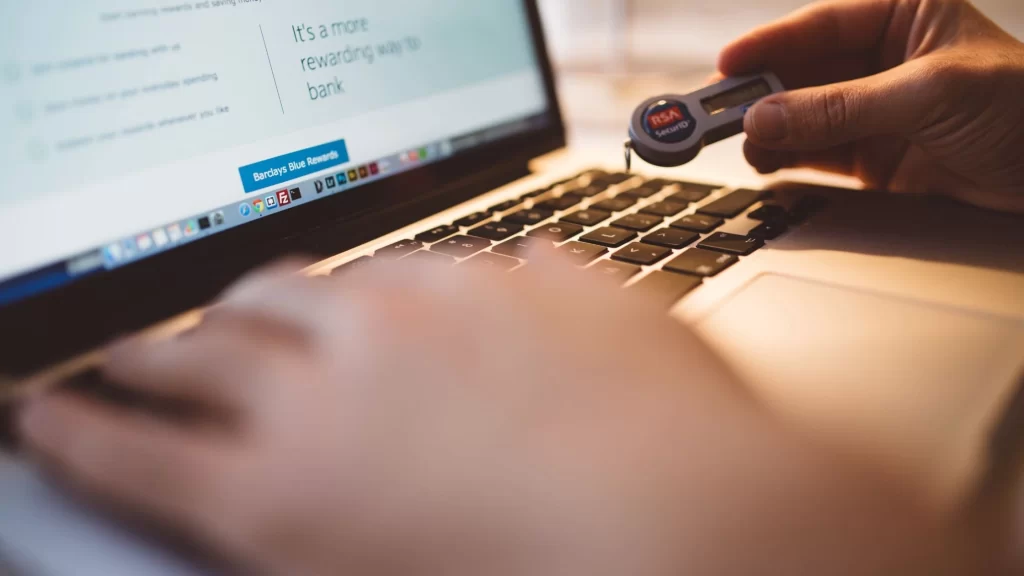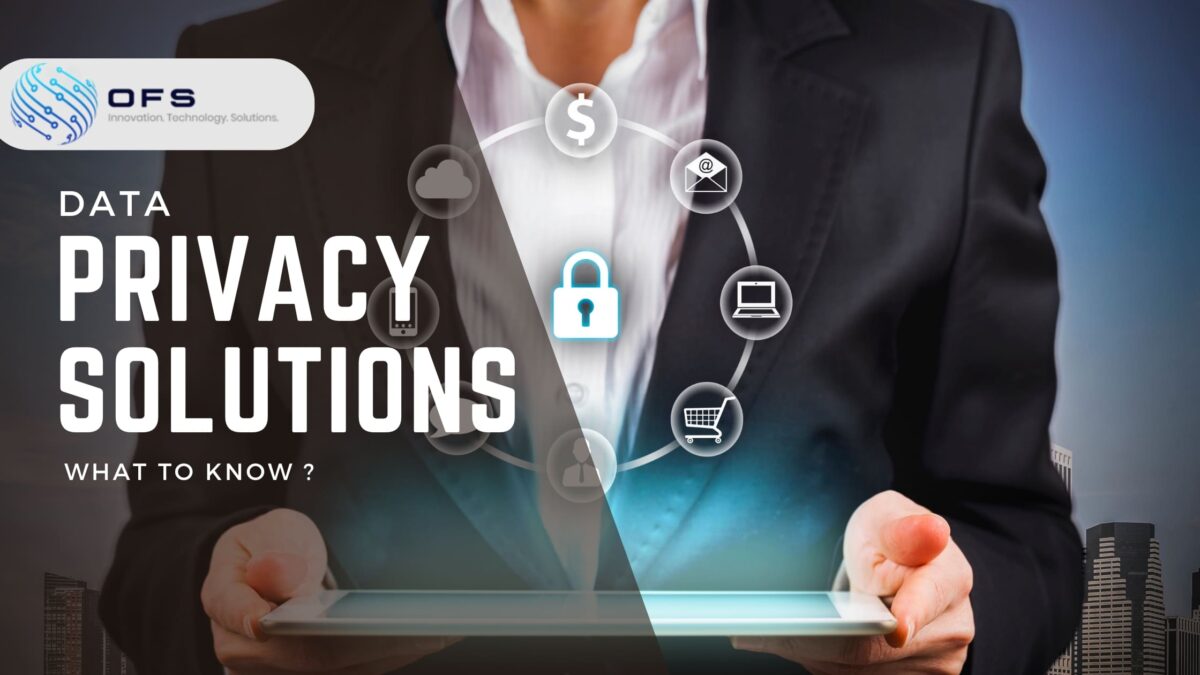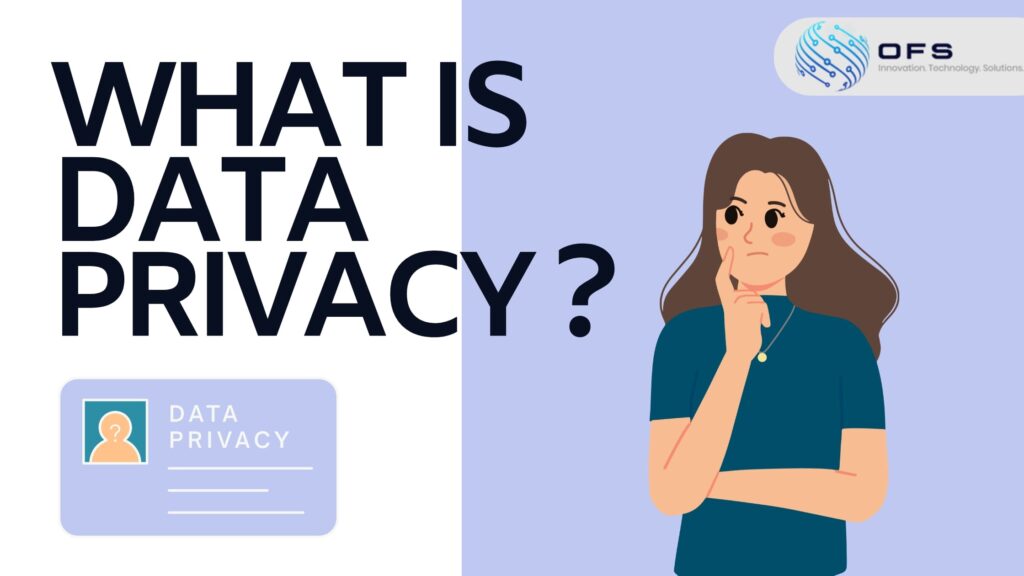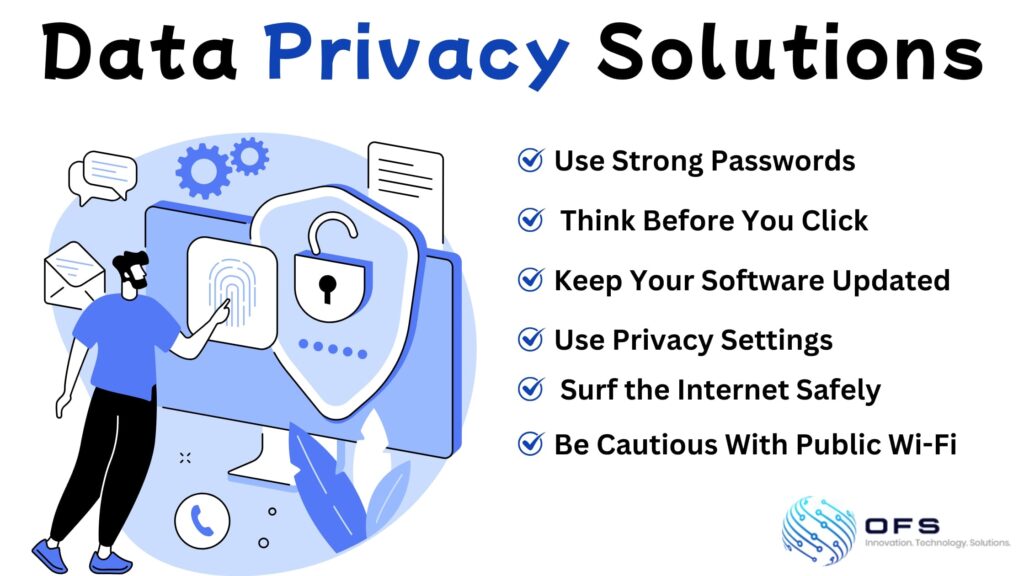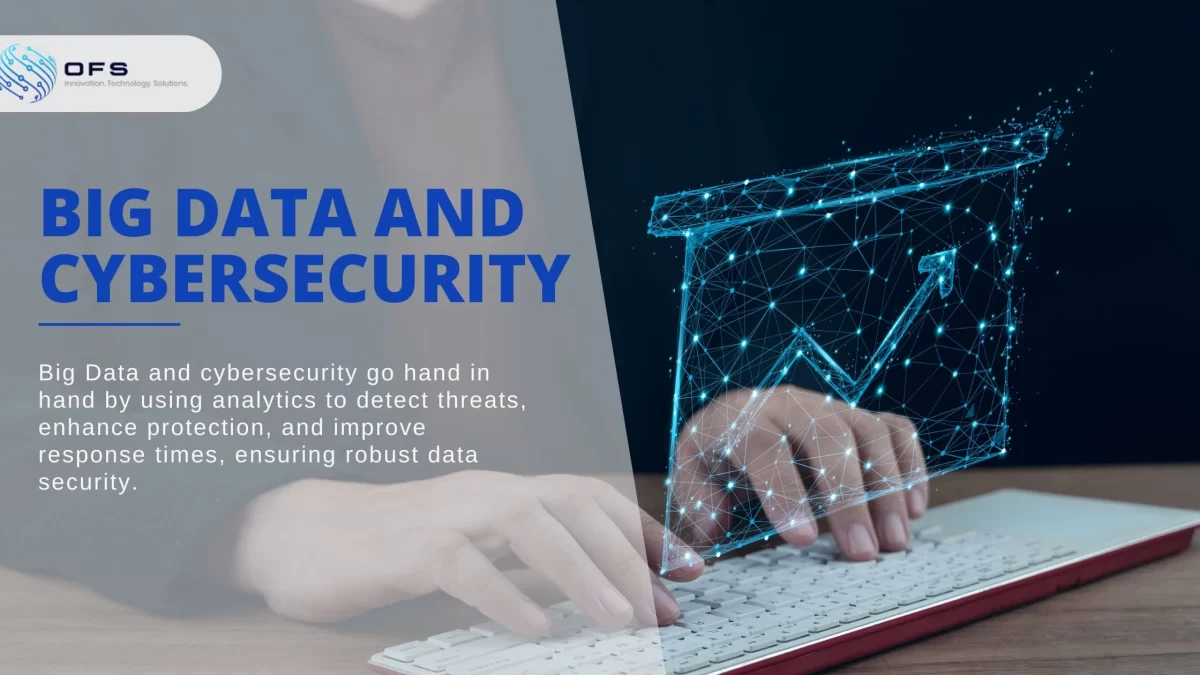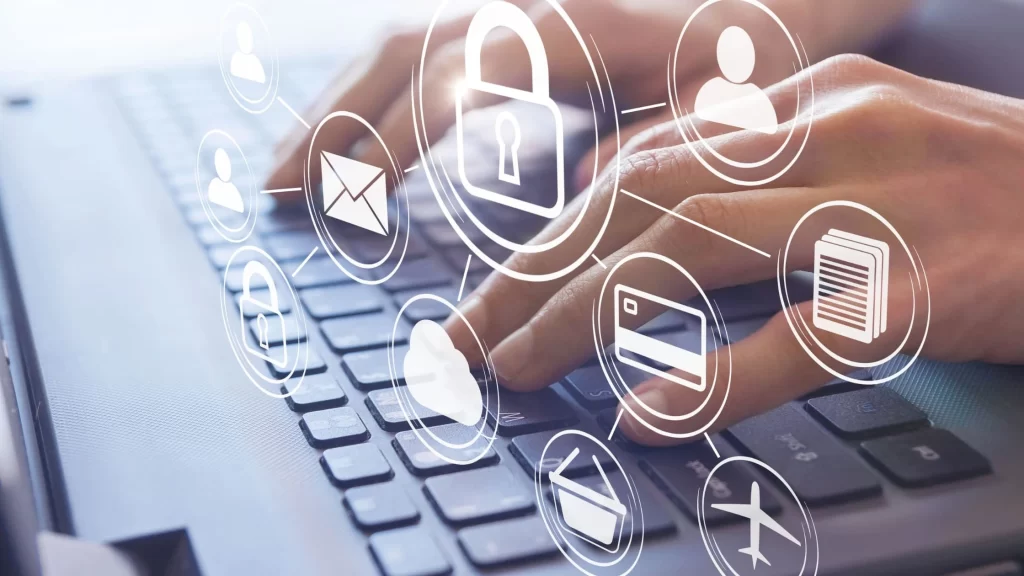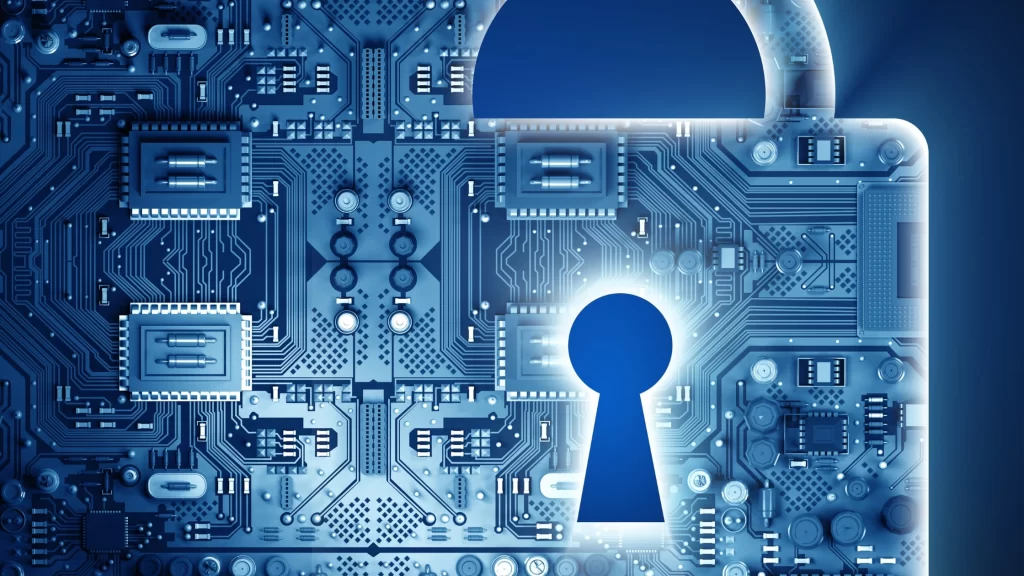Technology is undeniably crucial for modern businesses.
It impacts everything from internal communication and remote team collaboration to automating time-consuming tasks and expanding reach through digital marketing and e-commerce.
To keep your business technologies up and running, it is important that your hardware and software stay in the top shape. But maintaining all these systems requires a lot of effort, particularly for small and medium enterprises lacking resources or a dedicated IT department. This is where professional technical services come in. They deliver the tools, technical know-how, and tactics required to keep your technology running at peak levels and your company in growth mode.
Whether you’re a small business or a well-established firm, knowing these services is the key to staying ahead.
Managed IT Services: Your Outsourced IT Crew
Managed IT services are one of the top technical services for companies, especially if you are a small business struggling with budget and the lack of resources. Simply put, they are your outsourced IT department. You outsource your important tasks such as maintenance, upgrade, and repair of your hardware, networking, and applications on a monthly or annual basis. This way, they minimize the need to hire a full-time technical staff, saving you money.
MSPs monitor your systems around the clock, using advanced tools to detect potential issues before they cause disruptions. They can fix problems remotely, saving you time and minimizing downtime. They also ensure your software is up-to-date, provide support when things go wrong, and help you plan for future technology needs.
Cloud Computing: Flexibility and Efficiency in the Digital Age

Chances are, your business uses cloud computing in some form, perhaps as simple as Google Drive to share and access files or something bigger. The cloud is a huge digital storage facility and computing tool that can be accessed over the Internet. Rather than keeping files and software on your hard drives or physical storage, you can remotely access them anywhere securely through platforms such as Google Cloud, Amazon Web Services (AWS), or Microsoft Azure. Cloud computing services assist businesses in migrating their data and applications to the cloud, maintaining these systems, and making them secure and cost-effective.
The advantages of cloud computing are huge. It enables your employees to work remotely. You can scale it up or down according to your business needs. Cloud computing provides flexibility, cost-effectiveness, and the use of robust tools such as cloud-based email, document editing, and customer relationship management (CRM) systems.
Cybersecurity: Protecting Your Digital Assets
Cybersecurity has become non-negotiable in today’s digital landscape. Thanks to the ever-increasing incidents of hacking, phishing, and data incidents. No wonder why it is counted among the top technical services your business should have. These services act like your virtual security guards, protecting your data and systems from threat actors. The good thing is that efficient cybersecurity professionals are proactive. It means that they identify your infrastructure for potential vulnerability and take action accordingly.
They also educate your staff on identifying phishing emails, because human error is a primary reason for security breaches. For companies dealing with sensitive customer information or financial data, investing in professional technical services for cybersecurity is must. One data incident can lead to monetary losses, lawsuits, and tarnished reputation.
IT Consulting: Smarter Technology for Growth
It may be overwhelming for many businesses to navigate the crowded technology market. There could be plenty of tools for your specific requirement, making the selection complicated.
This is where IT consulting comes in. These services help you choose the right tech products according to your business requirements. They also help you install new systems.
Data Backup and Disaster Recovery: Your Safety Net
Loss of crucial business information due to a computer failure, cyber-attack, or natural disaster could be devastating. This is why data backup and disaster recovery solutions rank among the highest technical solutions any business must have to deal with such scenarios. Data backup and disaster recovery solutions create secure, regular copies of your information, which they usually save in the cloud. This way, the risk of data loss is almost eliminated.
For companies operating in areas where power failures or other interruptions are common, opting for professional technical services for data backup and disaster recovery is an important step in securing their operations.
Other Critical Technical Services

Beyond the core services mentioned, several other top technical services can benefit businesses which are…
Network setup and management ensure a reliable and secure internet connection for all your devices.
Communication services, such as Voice over IP (VoIP) and unified communications, provide modern phone systems and collaboration tools that save money and improve teamwork.
Mobile Device Management (MDM) secures and manages smartphones and tablets used for work, which is increasingly important in a mobile-first world.
Rising technologies such as Artificial Intelligence (AI) and Machine Learning (ML) are also gaining traction, enabling companies to automate processes and make informed decisions.
Data analytics and business intelligence services enable you to know your business data and make better decisions.
Custom software development develops customized solutions for special requirements. For companies looking for a robust web presence, web design and development services are necessary, and technical support services offer help desk support for day-to-day technology issues.
Selecting the Appropriate Technical Services for Your Company
Choosing the right technical services is based on your company’s size, sector, budget, and expansion plans. A small business startup might focus on low-cost Managed IT Services and cloud computing, whereas a bigger business might spend money on sophisticated cybersecurity and IT consulting. Your existing technology infrastructure is also a factor—what do you currently have, and how can it be enhanced? As we said, opting for IT consulting services can help you choose the right solution.
When selecting a provider, look into their reputation and experience within your industry.
Request references and examine their service level agreements (SLAs) to see what you can anticipate. A quality provider will take the time to learn about your unique challenges and objectives, providing customized professional technical services that meet your requirements.
Investing in Your Business’s Future
Technology is a potent tool that can take your business to new levels, but it needs professional attention to realize its full potential.
Top technical services listed here, from Managed IT Services to cybersecurity and IT consulting, help keep your business running smoothly, securely, and efficiently. This way, you’re not just maintaining your technology—you’re investing in your business’s future success. Whether you’re a small business or an expanding company, the right technical services can help you leverage the constantly evolving world of technology and accomplish your business goals.










